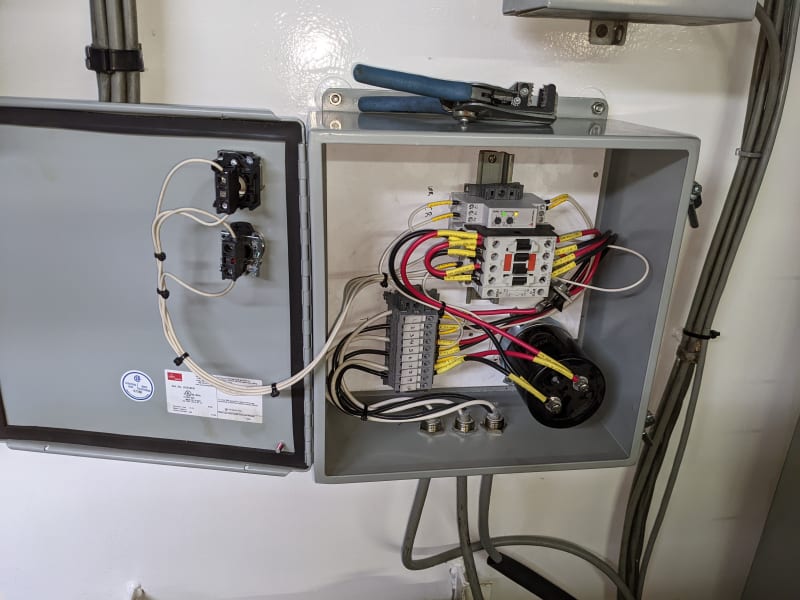TugboatEng
Marine/Ocean
I have a circuit with a 270000uF electrolytic capacitor that gets charged direct online by a pair of 8D batteries at 24V. Is this something that I should consider some type of charging regulator for? I installed this system and found the supplying Cutler-Hammer 15 amp type BAB circuit breaker failed immediately afterwards. I don't know if the circuit breaker was previously faulty or if the inrush damaged it. This is a battery selection system which uses a voltage sensing relay to switch to a backup supply during a fault and the capacitor is to provide power during the changeover.


